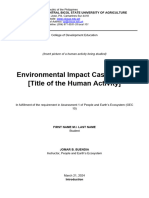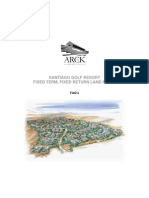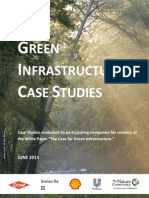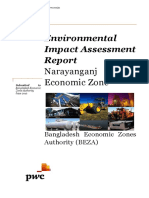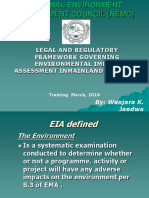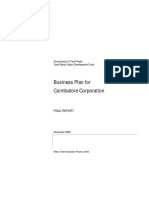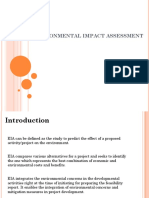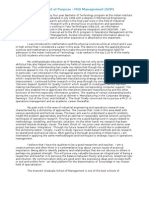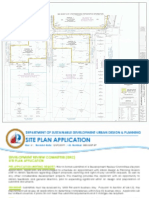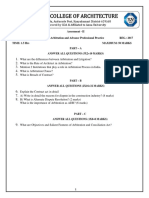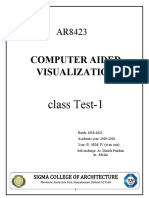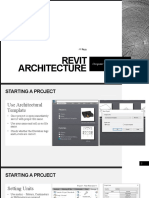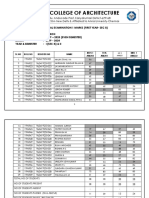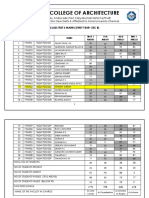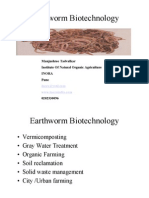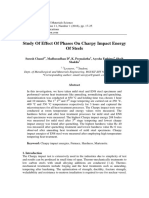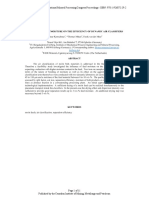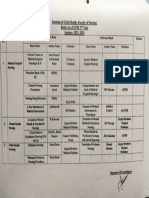0% found this document useful (0 votes)
293 views32 pagesDissertation Presentation PDF
The document discusses writing a dissertation in architecture. It begins by explaining why writing is an important part of architectural education and practice. It then defines a dissertation as "Design in text" - an opportunity to research and explore an architectural topic through writing. The objectives of a dissertation are to develop research skills in architecture and provide a platform to explore topics of interest to help formulate a design thesis. An effective dissertation will have a clear topic, utilize literature reviews and case studies, state a hypothesis, and provide an original analysis or interpretation. It should have an introduction, body, and conclusion to clearly present the research.
Uploaded by
Arul DhasCopyright
© © All Rights Reserved
We take content rights seriously. If you suspect this is your content, claim it here.
Available Formats
Download as PDF, TXT or read online on Scribd
0% found this document useful (0 votes)
293 views32 pagesDissertation Presentation PDF
The document discusses writing a dissertation in architecture. It begins by explaining why writing is an important part of architectural education and practice. It then defines a dissertation as "Design in text" - an opportunity to research and explore an architectural topic through writing. The objectives of a dissertation are to develop research skills in architecture and provide a platform to explore topics of interest to help formulate a design thesis. An effective dissertation will have a clear topic, utilize literature reviews and case studies, state a hypothesis, and provide an original analysis or interpretation. It should have an introduction, body, and conclusion to clearly present the research.
Uploaded by
Arul DhasCopyright
© © All Rights Reserved
We take content rights seriously. If you suspect this is your content, claim it here.
Available Formats
Download as PDF, TXT or read online on Scribd
/ 32

